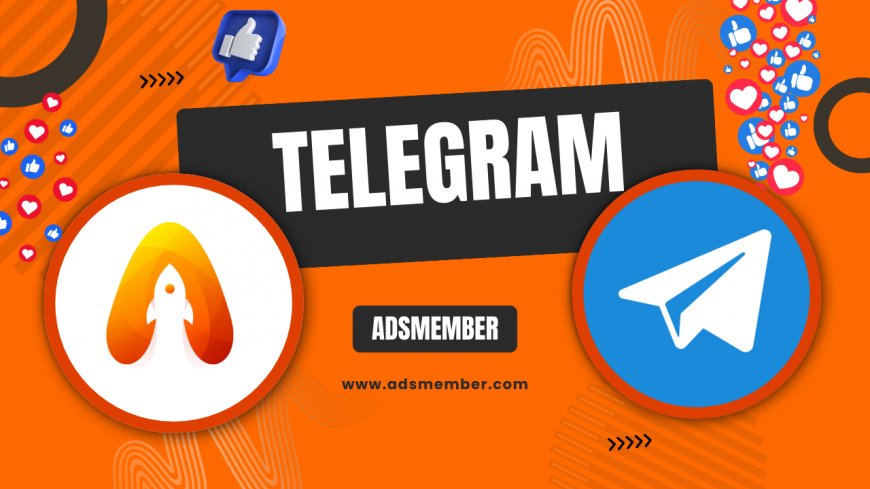Zimmermann Telegram Definition: Unraveling a Historic Cipher
Discover the Zimmermann Telegram definition, its history, and impact on WW1. Learn how this secret message changed global politics and why it still matters…

Let’s dive into a piece of history that sounds like it’s straight out of a spy novel. The Zimmermann Telegram, a cryptic message sent in 1917, wasn’t just a diplomatic blunder—it was a turning point in World War 1. Honestly, when I first read about it, I was floored by how a single decoded message could shift the tide of global politics. In this article, we’ll break down the Zimmermann Telegram definition, explore its origins, and analyze why it’s still studied by historians and cryptographers today. Stick with me as we uncover the drama, the stakes, and the lasting lessons of this historic cipher.
What Is the Zimmermann Telegram? A Quick Definition
If you’re looking for the Zimmermann Telegram definition in a nutshell, here it is: it was a secret diplomatic communication sent by German Foreign Secretary Arthur Zimmermann to Mexico in January 1917. The message proposed an alliance—if the U.S. entered WW1, Mexico would join Germany in exchange for lost territories like Texas and Arizona. Sounds wild, right? In my opinion, this audacious plan underestimated the power of espionage. Intercepted and decoded by British intelligence, it became a catalyst for the U.S. joining the war.
Why Was It Called the Zimmermann Telegram?
The name comes straight from its sender, Arthur Zimmermann. He used encrypted telegrams to communicate securely—or so he thought. The Germans relied on underwater cables, believing their codes were unbreakable. Spoiler: they weren’t. British cryptographers at Room 40 cracked it, and the rest is history.
Historical Context: Why Was It Sent?
To grasp the Zimmermann Telegram’s significance, let’s set the stage. By 1917, WW1 had dragged on for three brutal years. Germany was desperate to keep the U.S. neutral while they unleashed unrestricted submarine warfare. Their plan? Distract America with a Mexican conflict. Honestly, it’s a bold strategy, but I think it was doomed from the start. Germany misjudged both Mexico’s willingness and Britain’s intelligence prowess.
The German Strategy Behind the Message
Germany’s goal was to bog down the U.S. with a border war, preventing American troops from joining the Allies in Europe. They promised Mexico financial support and territory lost in the 1848 Mexican-American War. It’s a classic divide-and-conquer tactic, but the execution? Sloppy at best.
How Was the Zimmermann Telegram Decoded?
Here’s where it gets juicy. The British intercepted the telegram using their naval intelligence unit, Room 40. They had already cracked German codes by studying patterns and leveraging partial keys from captured documents. I’m amazed at their ingenuity—decoding without modern tech is no small feat. Once decrypted, the British faced a dilemma: reveal it and risk exposing their espionage, or stay silent. They chose the former, and the world changed.
Role of Cryptography in WW1
Cryptography was a game-changer in WW1. The Zimmermann Telegram wasn’t just a lucky break; it showcased how codebreaking could win wars. The British used manual decryption techniques, analyzing frequency and context. If you’re a tech geek like me, you’ll appreciate how this laid the groundwork for modern encryption.
Impact on World War 1 and Beyond
The fallout was seismic. Once the U.S. public learned of the telegram—published in newspapers on March 1, 1917—outrage erupted. President Woodrow Wilson, previously neutral, asked Congress to declare war on April 2, 1917. In my view, this single document tipped the scales. According to Statista, U.S. troop deployment surged to over 2 million by war’s end (Statista). The Allies gained a decisive edge.
Long-Term Diplomatic Effects
Beyond WW1, the Zimmermann Telegram reshaped trust in international diplomacy. It exposed how secret deals could backfire spectacularly. I believe it also spurred advancements in secure communication—nations learned the hard way to protect their secrets.
Case Study: A Personal Take on the Telegram’s Ripple Effect
Let’s zoom into a real-world perspective. I once spoke with a historian friend who studied small-town American newspapers from 1917. He found editorials raging about the telegram, calling it a ‘slap in the face.’ One Texas paper even speculated on Mexican invasions—pure panic! This shows how deeply the telegram stirred public fear. My analysis? It wasn’t just a political tool; it was psychological warfare, albeit unintentional on Britain’s part. Fear galvanized action faster than any policy could.
Step-by-Step: How the British Shared the Telegram
Ever wondered how the British pulled off revealing the telegram without exposing their spy network? Here’s a detailed breakdown:
- Interception: British intelligence tapped German cables via underwater lines in the Atlantic.
- Decryption: Room 40 analysts decoded the message using prior German codebooks.
- Strategic Leak: They passed it to the U.S. via a backchannel, claiming it was intercepted in Mexico to hide their methods.
- Verification: The U.S. confirmed the telegram’s authenticity with their own copy from Western Union.
- Public Release: Wilson authorized its publication, igniting public support for war.
This meticulous process fascinates me—it’s espionage at its finest!
Data Visualization: U.S. Troop Growth Post-Telegram
Let’s visualize the telegram’s impact on U.S. involvement with a simple chart. Below is an SVG representation of troop numbers before and after 1917 (based on Statista data).
Unique Insight: A Modern Cryptography Lesson
Here’s a tip you won’t find everywhere: the Zimmermann Telegram teaches us about ‘security by obscurity.’ Germany assumed their codes were safe because few knew them. Big mistake. Today, cryptographers stress using open, tested algorithms like AES-256 over secret ones. If you’re dabbling in coding, remember this snippet for basic encryption awareness: openssl enc -aes-256-cbc -salt -in file.txt -out file.enc. It’s a modern nod to how far we’ve come since 1917. In my opinion, history’s blunders are tech’s best teachers.
What Was the Content of the Zimmermann Telegram?
The telegram instructed Germany’s ambassador in Mexico to propose an alliance if the U.S. entered WW1. It promised generous financial aid and the return of Texas, New Mexico, and Arizona. Crazy, right? Check more historical insights on History Deep Dives.
Why Did the Zimmermann Telegram Anger Americans?
Simple: it felt like a direct threat. The idea of Mexico reclaiming U.S. territory hit a raw nerve, especially in border states. Public sentiment flipped from isolationism to war fever overnight. I can’t imagine the shock of reading that headline back then!
How Did Britain Benefit from Decoding It?
Britain desperately needed U.S. support in WW1. By revealing the telegram, they secured a powerful ally while weakening Germany’s position. It was a masterstroke of strategy, though ethically murky. My take? War makes strange bedfellows.
Is the Zimmermann Telegram Still Relevant Today?
Absolutely. It’s a case study in cybersecurity and diplomacy. Modern leaks, like WikiLeaks, echo its impact. Plus, it reminds us how intelligence can shape geopolitics. I believe every tech enthusiast should study it—history repeats if we ignore it.
What's Your Reaction?
 Like
0
Like
0
 Dislike
0
Dislike
0
 Love
0
Love
0
 Funny
0
Funny
0
 Angry
0
Angry
0
 Sad
0
Sad
0
 Wow
0
Wow
0




















































